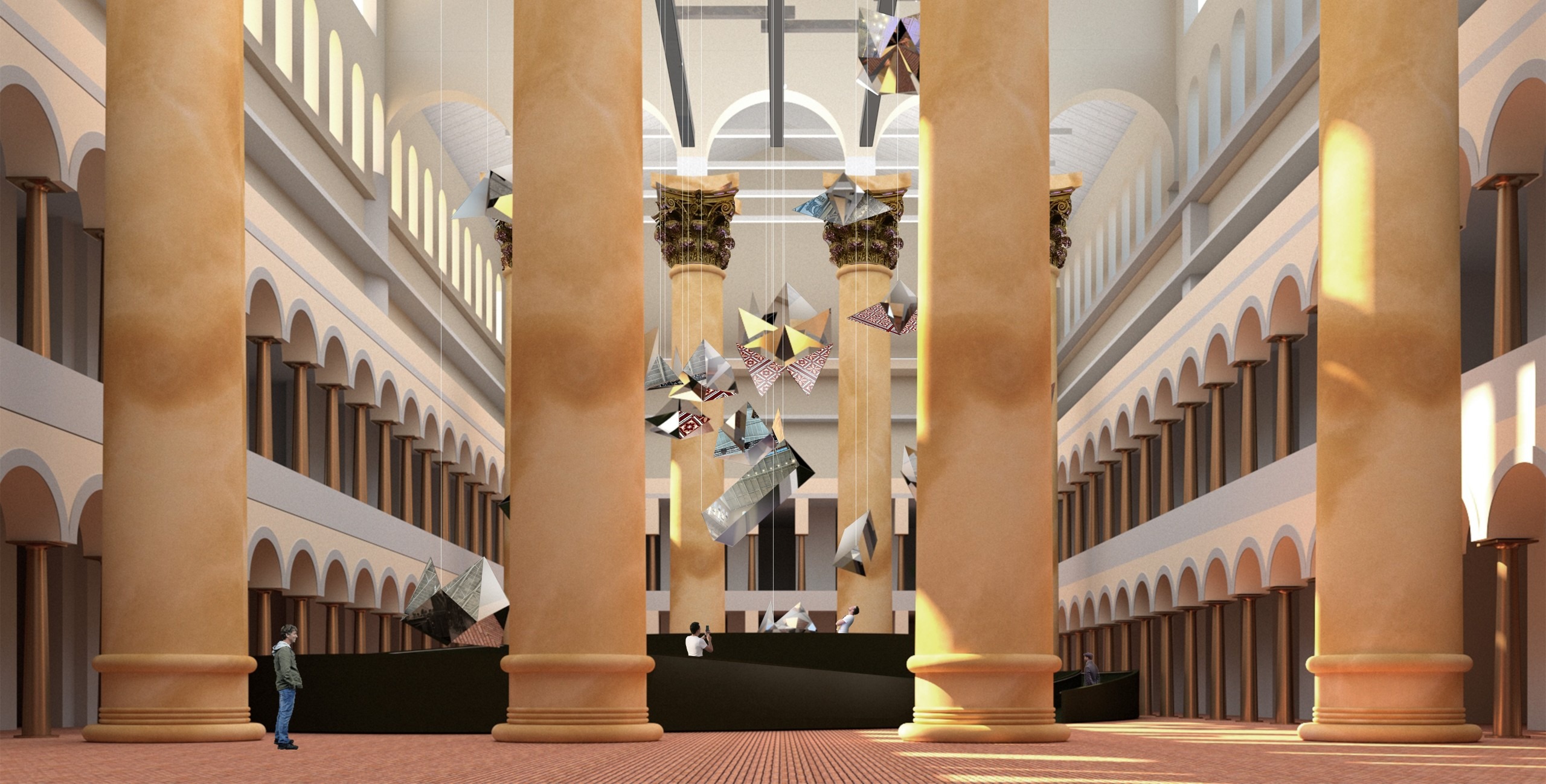Elizabeth Turk is nothing if not a reductive sculptor.
But as artist in residence at the Smithsonian for the past year, she’s been investigating the geometry of calcium carbonate in marble – up close, through an electronic microscope.
“It’s about the architecture of shells and stone,” she says. “There are unbelievably gorgeous solutions – these shapes have survived and evolved into very workable forms.”
She’s investigating on a mineral level the things a sculptor can’t see with the naked eye, and asking why we’ve traditionally chosen this particular stone into which we carve our ideals.
“The forms are very interesting – you can find the golden section in the spiral of shells, so it’s very familiar,” she says. “Then I’ll go and carve and see how far I can push the materials befor it breaks on itself.”
Her “Cages” series provides outlines of structures, as though the marble block itself is a cage, with a light and airy, woven structure released from its weight. On average, she takes a year to complete one piece, using a variety of tools, including electric grinders, files and small dental tools. The finished piece weighs between 50 and 120 pounds.
“I’m trying to reinvent a very traditional material, so that some of the past is brought into the future,” she says.
Her work is on display through the end of this month in Manhattan, at Hirschl & Adler Modern in the Crown Building, 730 Fifth Avenue, 4th Floor.
For more on Elizabeth Turk, go to http://www.hirschlandadler.com/
[slideshow id=611]

